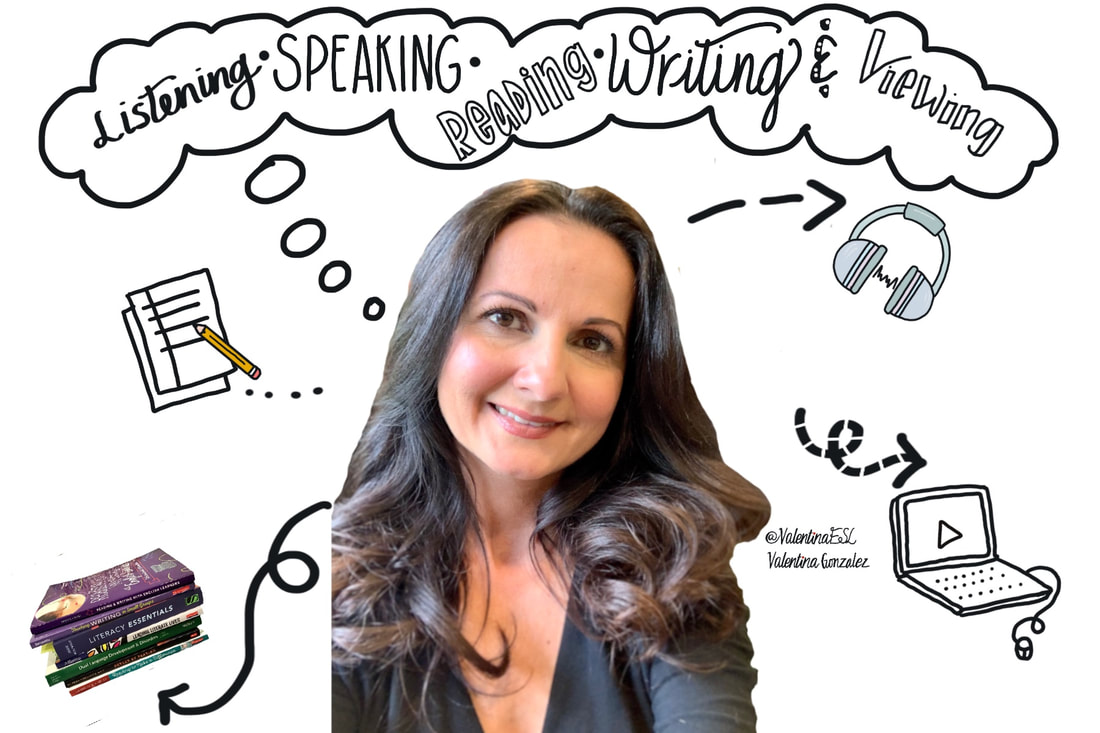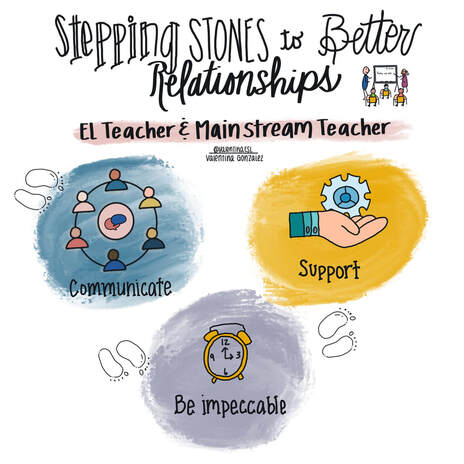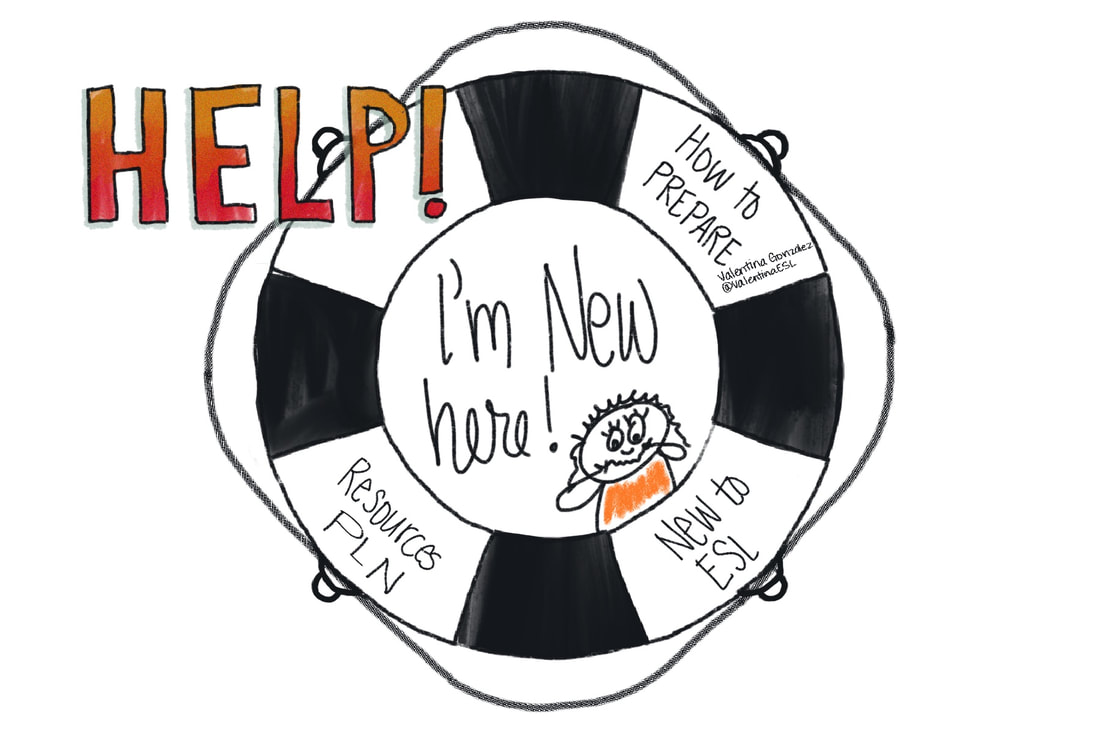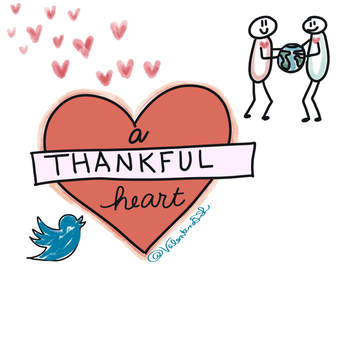|
Last year, I wrote about what I was currently listening to, reading, writing, and viewing. I thought it was a good time to share again. And I’d love to learn about yours!
0 Comments
Leading is more about what you choose to do rather than the title you have. Like most of you, I've witnessed many campus teachers who were amazing examples of trailblazers who were the epitome of excellence and who all the other teachers looked up to, went to advice for, and wanted to be like. These were the educators who inspired others and lit flames!
On the other hand I'v also seen professionals with elaborate titles who did the bare minimum and often created tension or were like a firework that was a dud...you hoped it would ignite into a beautiful burst of colors, but instead it fizzled into a messy, smelly smoke bomb. Such a disappointment. When I left the comfort of my own classroom to become an ESL teacher, I didn’t know that I would have to become intentional about building relationships with the mainstream classroom teachers I worked with. But I learned quickly.
Healthy, productive relationships between mainstream teachers and ESL teachers don’t happen on their own magically. Like most relationships, thought, planning, and careful execution takes place for a truly happy relationship to develop. Over the years, here’s what I learned as an ESL teacher about creating relationships with mainstream teachers. 6 Things you can do now!First of all, WELCOME! We are glad to have you in our professional learning network. If you are reading this, I want to formally welcome you to a wonderful, passionate group of ESL educators and advocates who will support you along the way. In this article, you will find ideas for professional learning, resources to dig into, leaders in the field, and much more.
So you secured an ESL position. And you're wondering...how can I prepare for this job?
The other day, I posed a question to my Twitter PLN. I asked what their non-negotiables were for teaching English Learners. The responses were overwhelming. Just imagine if we set aside time as campus or district teams to develop non-negotiables and then live by them. This would be a great practice for ESL and bilingual teams. Here are some of the responses from Twitter followers:
If you told me a couple of years ago that I would have a professional learning network that spans around the globe filled with authors and educators K-adult ed, I might have laughed at you. Well, maybe not laughed, but I would have given you a crazy look for sure. A "no way" look.
In the spirit of November, the month of gratitude, I am filled with a thankful heart. A heart filled with joy and blessings knowing that I am surrounded (virtually) by a community of professionals that I can count on who support and inspire me. How did this happen? Twitter. Though I opened my Twitter account many years ago, I only began to capitalize on it's strength as a tool in my career in December 2016. It wasn't until then that I realized HOW to use Twitter to learn from others and build a network of colleagues that I can call my PLN (professional learning network). The WHY... Some might ask, "Why is this necessary? Why do I need a PLN through Twitter? I already have colleagues at my school and in my district." Well, I can tell you why. I, too, have a PLN at work. I still work in a K-12 district. I work with amazing professionals whom I love and adore. They are brilliant educators. And I learn everyday from them. However, learning from others in various districts, counties, states, countries, and continents, has given me a myriad of perspectives that I cannot have from within my own district. Learning from a wider scope opens up new opportunities and experiences. It's similar to your neighborhood. Look down your street. You might notice that the trees and flowers at each home are quite similar. Everyone is planting similar things because we get ideas from our neighbors. But if you go to a neighborhood across town, their landscapes are filled with different plants. Growing your PLN will help you grow new ideas and try new instructional methods with your students. Who to Follow: My heart is filled with gratitude because of the connections I've made with eduheroes like Larry Ferlazzo, Carol Salva, Tan Huynh, Emily Francis, Katie Toppel, Carlota Holder, Jess Bell, Leticia Trower, Andrea Honigsfeld, and many more! In addition to these Tweeps, I enjoy collaborating with Middle Web, Seidlitz Education, MindShift, Teacher2Teacher, Education Week Teacher, Talking Points, and so many others. If you are still hesitant about Twitter, here's what I can suggest to you:
As teachers, we've probably heard of "book tastings" for students. But have you every held one of these for your colleagues?
This is a unique type of professional learning that can promote more learning and individual growth. Here's how I recently held one with my colleagues:
Back in the day, not too long ago, the only way to receive professional development was to attend a training or workshop. No longer is that the case. Now, there are many options for us. So, with Twitter, online learning, and newer opportunities out there, is face-to-face professional development a thing of the past? As a professional development specialist, I find this an interesting question to ponder.
So you either came across this article because some gave it to you, you found it on line or you found it through Twitter! Let's talk about the power of Twitter and what it can do for you professionally. If you are already using Twitter, great! You may read this and think, "Awesome, I'm doing all of this." Or you may have some ideas that I didn't write about, so please share those with us in the comments below. Mostly, I wrote this for teachers and other educators who either aren't using Twitter at all yet or are using it a little but haven't realized the potential.
Twitter, what have you done for me lately? Gosh! So much!! I began using Twitter as a way to find support from others who are in the boat. |
Categories
All
|










 RSS Feed
RSS Feed
